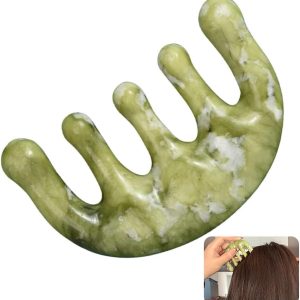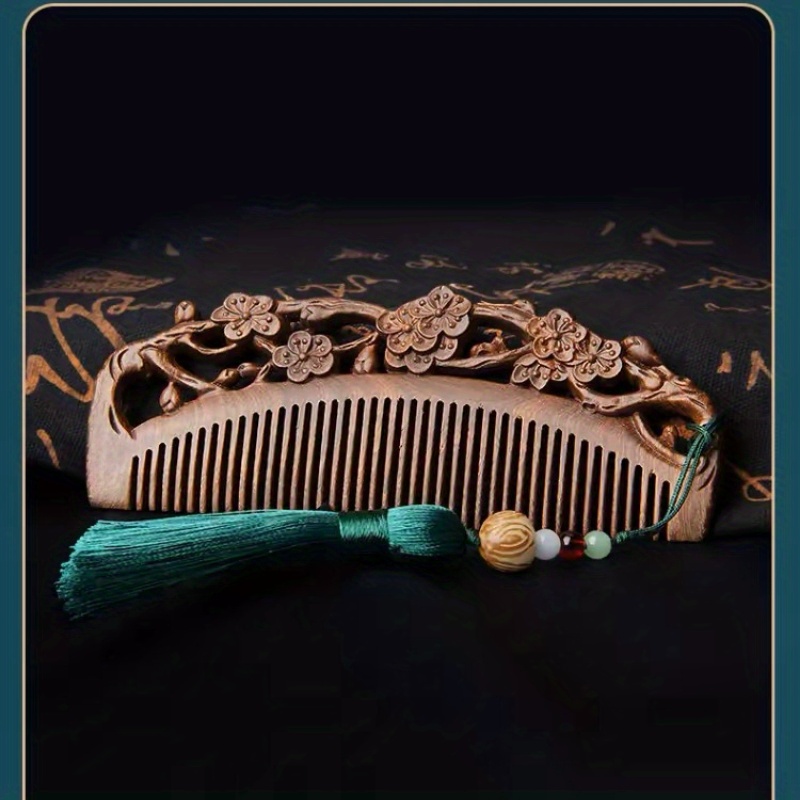As an essential tool in human life, the history of combs can be traced back thousands of years. From primitive tools to modern multifunctional designs, combs have continuously evolved and innovated. Today, let’s review the development of combs and appreciate their beauty and utility.
Prehistoric Period: Initial Tools
The history of combs can be traced back to the prehistoric period. During this time, people used bones, wood, or shells to make simple combing tools. These primitive combs were rough in shape but already had the basic function of detangling hair. They were mainly used to remove dirt and parasites from hair, keeping it clean.
Ancient Egyptian Civilization: Symbol of Status
In ancient Egypt, combs were not only daily tools but also symbols of status. Ancient Egyptian combs were usually made of ivory, wood, or metal and were intricately carved with complex patterns and decorations. These exquisite combs were often placed in the tombs of nobles, symbolizing identity and status. Ancient Egyptians believed that using combs not only kept hair tidy but also brought good luck and protection.
Ancient Greece and Rome: Art and Utility Combined
In ancient Greece and Rome, combs became essential items for nobles and the wealthy. The materials and craftsmanship of combs gradually diversified, with different types such as metal combs, ivory combs, and wooden combs appearing. The design of combs not only emphasized utility but also had high artistic value. Many combs were intricately carved and decorated, showcasing the craftsmen’s skills and creativity.
Middle Ages and Renaissance: Exquisite Craftsmanship
During the Middle Ages, the craftsmanship of comb-making in Europe further developed. Craftsmen began to make fine carvings and inlays on combs, making them not only practical tools but also artworks. During the Renaissance, with the flourishing of culture and art, the design of combs became more diverse, and even luxurious combs customized for nobles appeared. This period’s combs were not just tools but also symbols of identity.
Modern Era: Diversification and Functionality
With the advent of the Industrial Revolution, the manufacturing process of combs underwent significant changes. Mass production made combs more popular, and combs of different materials and functions emerged. The invention of plastic greatly reduced the manufacturing cost of combs, and the shape and design of combs became richer and more diverse. Modern combs not only have great breakthroughs in materials but also have various functions such as anti-static and scalp massage to meet different needs.
Future Outlook: Smart and Personalized
With the development of technology, the future of combs is full of possibilities. Smart combs have already begun to enter the market, featuring functions such as monitoring hair health and massaging the scalp. Personalized customization is also becoming a trend, allowing people to design combs according to their preferences and needs. Future combs will not only continue to innovate in functionality but also pay more attention to user experience and personalization.
Conclusion
The evolution of combs is a reflection of human civilization. From simple ancient tools to modern multifunctional designs, combs have continuously evolved and innovated. Whether it’s the ivory combs of ancient Egypt or the smart combs of today, they all reflect the human pursuit of beauty and utility. Combs are not only essential in daily life but also important carriers of culture and art.




